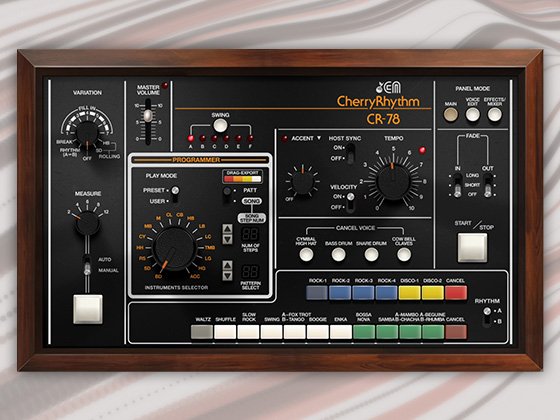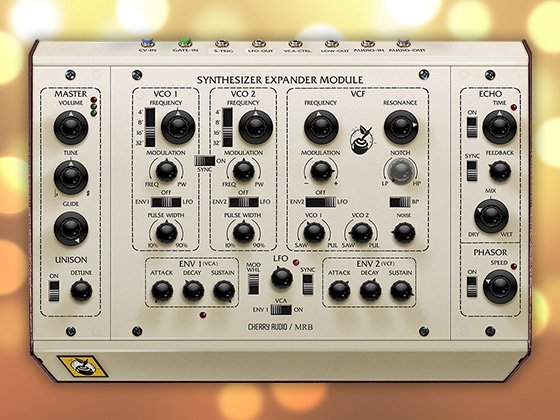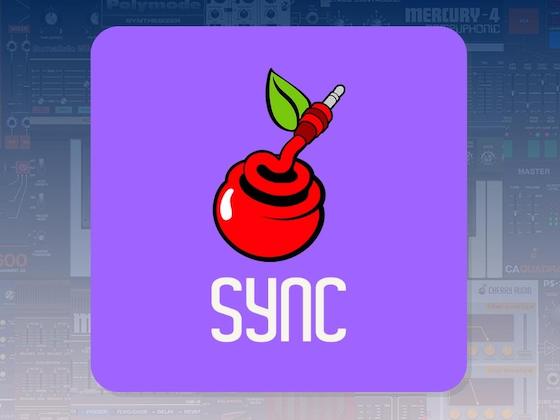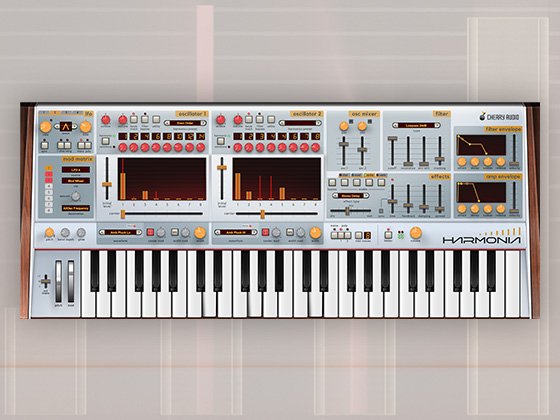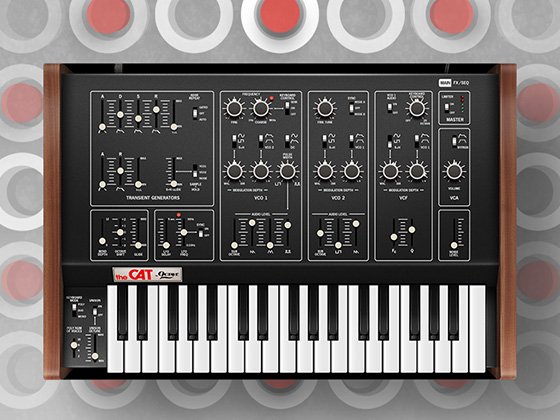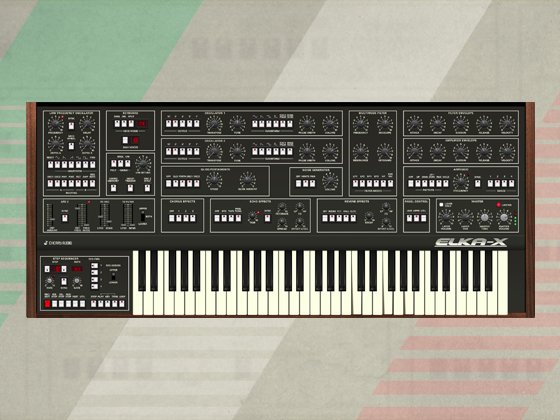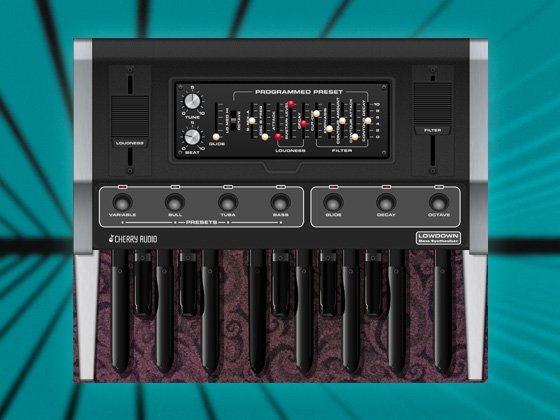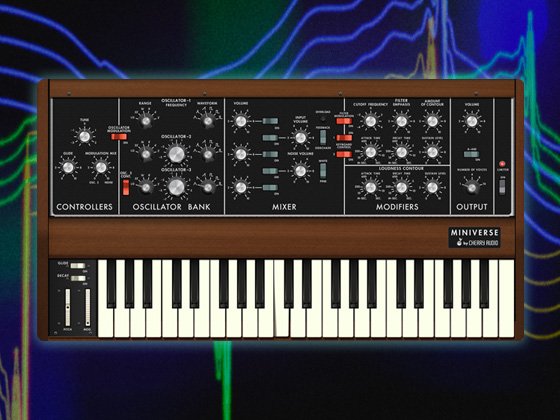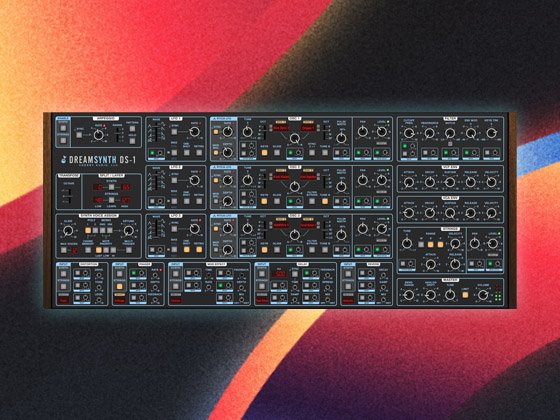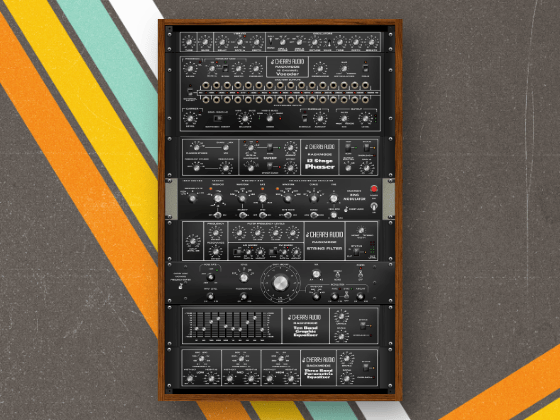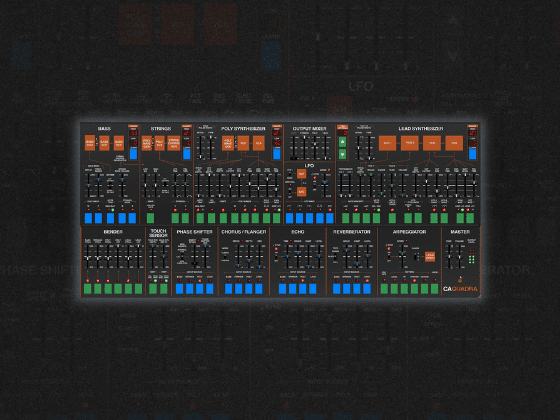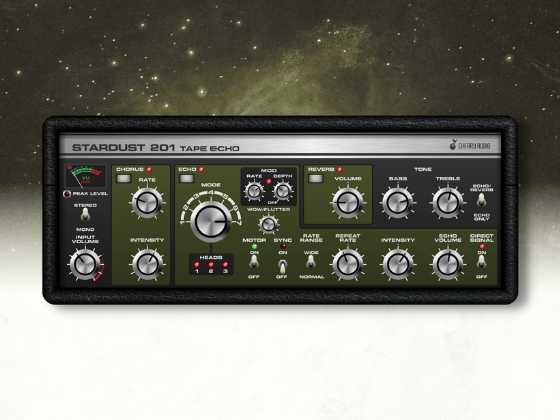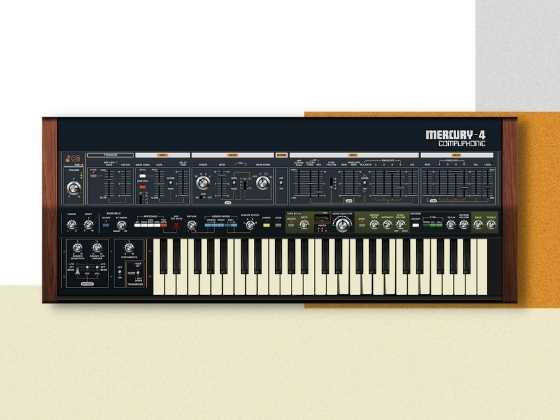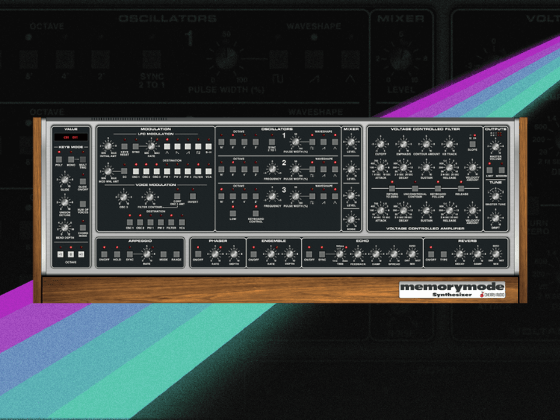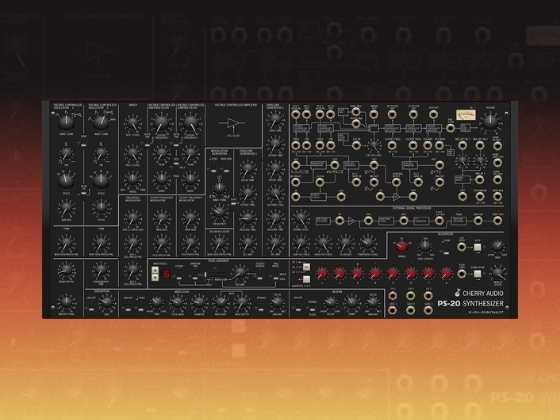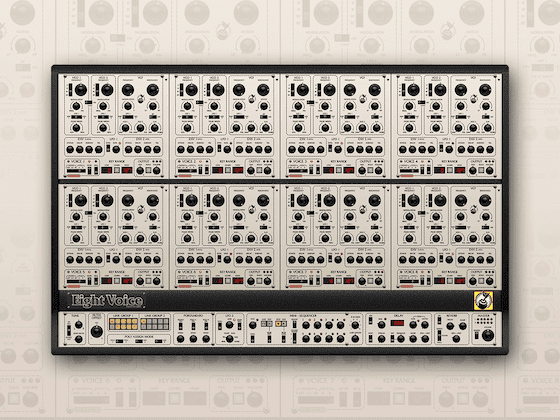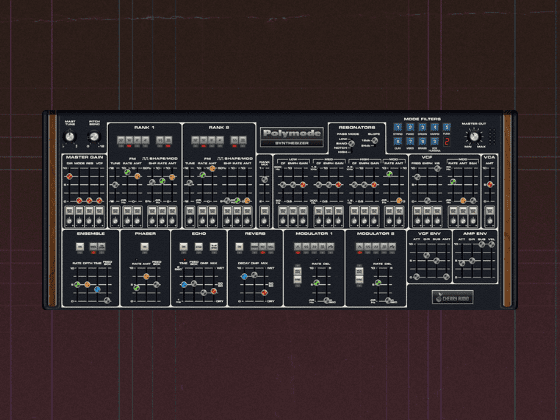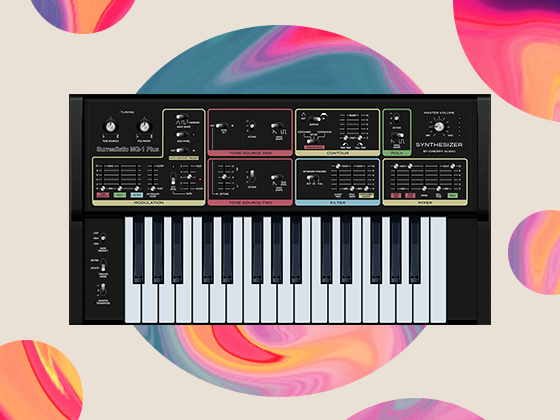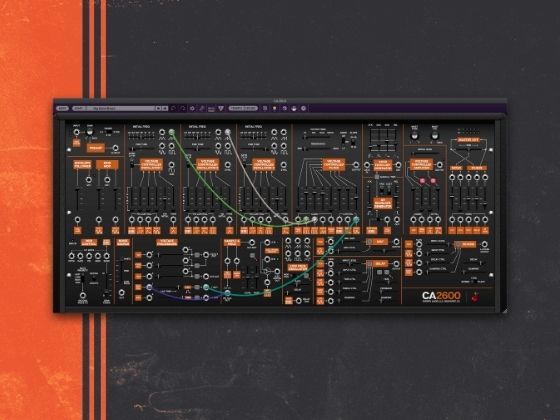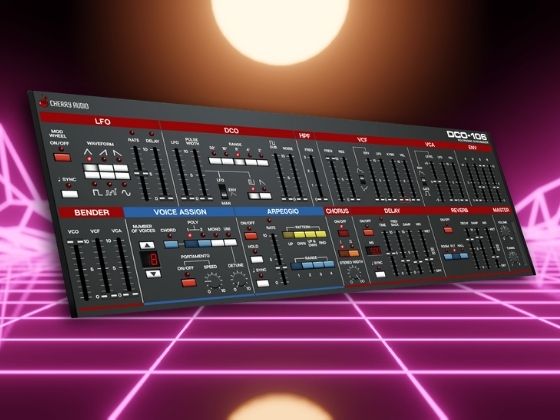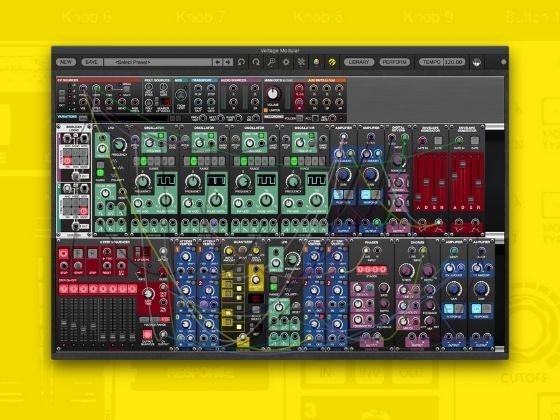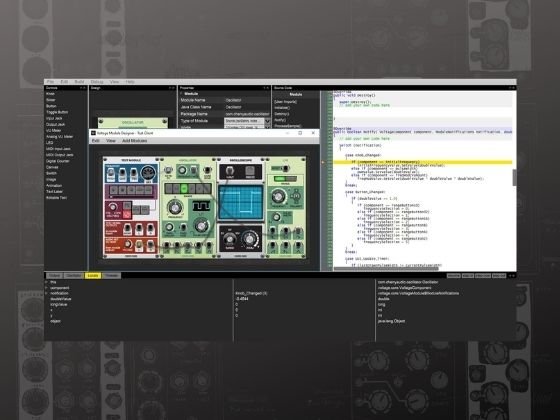$10.99 $24.00
It sounds like a placebo & a paradox, but it’s really a frequency dependent phase bender, which is a technical way of saying audio magic creator. The Periodic Allpass filter is a versatile tool for sound design, controlling transient energies, creating novel saturation interactions, and building your own phaser modulation effects that can suit your sense of subtelty and drama alike. You'll achieve drifting warbles, breathing phasers, thickened tone, smeared transients, stuttering delays, and plenty more.
It’s open architecture allows for chaining to get layered or coordinated behavior, for splicing together your own versions of classic effects, for inventive modulation strategies, and for getting carried away in general...
You'll find that it can subtely join every patch for a more robust tone, that you can chisel your way into the ballpark of classic dimension sounds, that you can get tape-like wandering pitch, that you can create short delay chaos, and that it's full of surprises once you start to dig in.
Use a wire to jump the two jacks (left side) next to the printed "LFO" to make use of the onboard modulation, and you'll see machine-controlled movement of the signal dial. The neighboring bias knob lets you recenter that motion. The state dial (below) interacts with the signal control to determine phase bending and the mix slider below that, balances affected and unaffected signals for varying amounts of phase cancellation that results in filtering. The top in and out jacks are for mono signals, but the device can be chained for stereo operation. That chaining can also be used for the same signal to achieve multi-stage filtering (use 12 to make a 12 stage phaser). Chain multiple units along the printed horizontal lines, from the rightmost jacks of the first unit to the aligned leftmost jacks of the next unit. You'll see that movement of controls on the first unit are replicated on all subsequent units (the bias controls allow for offsetting downstream members of the chain) and you can unchain some of the controls for individuality wherever you prefer.
At the bottom, special signal and state output jacks with polarity buttons (above) can be connected to the same destination as the output, used in feedback loops, split for parallel signal processing, and networked to achieve some very unique results. A useful mod button (bottom right) acts as a modulation bypass while leaving the unmodulated effect intact, while an on button offers traditional bypass. Try the memory and memory spread controls to push the circuit out of its normal schematic and into a fun mess that resembles limited (in time) BBD delays without the inherent noise or obligatory lowpass filtering (unless you add it yourself).
Let it join its friends in the Filter Foundry bundle for a crew that explores outside of normal filter constraints or take it for a spin alone, to discover that sort of filter which you didn't know you wanted until you did.
























